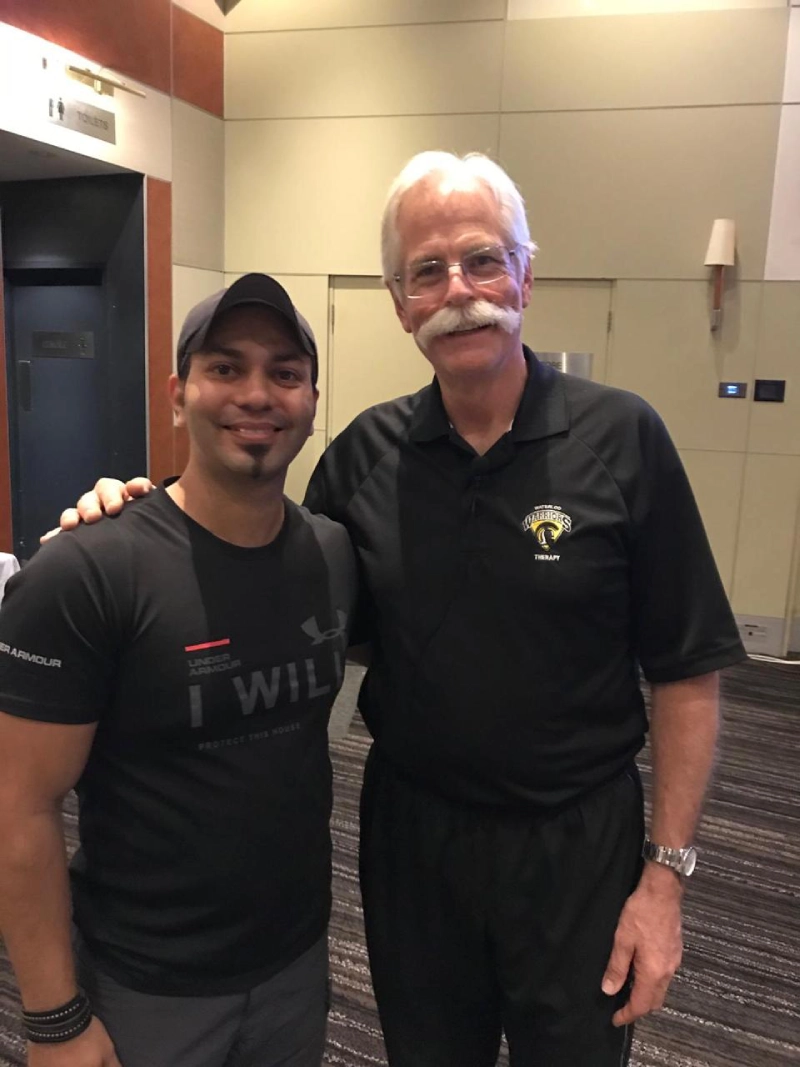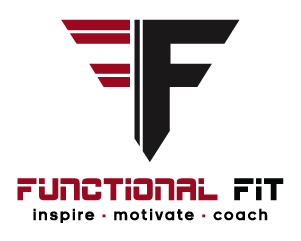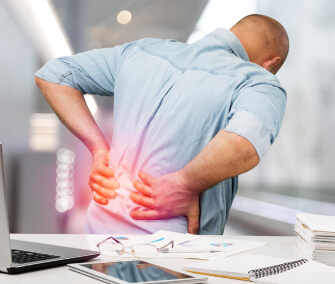McGill Method Programme for low back
- Functional Fit
- McGill Method Programme for low back



McGill Method Programme for low back
The McGill Method is a system of assessing and treating back pain developed by Dr. Stuart McGill, a renowned professor of spine biomechanics. It focuses on understanding the specific cause of a person’s back pain through a detailed assessment of movement patterns, posture, and individual biomechanics. The approach then guides a personalized treatment plan that emphasizes proper movement, rehabilitation, and exercises designed to stabilize and strengthen the spine.
The McGill Method is a specialized approach to managing and preventing low back pain, delivered by certified practitioners who are extensively trained in this methodology. These professionals focus on helping clients minimize the risk of debilitating back injuries, optimize health outcomes, and enhance physical performance. By employing a thorough understanding of corrective and therapeutic exercises tailored to individual needs, practitioners ensure a holistic approach to care. Their expertise includes a variety of techniques designed to alleviate pain and promote recovery.
Nadeem, a certified practitioner, has successfully guided many individuals on their journey to recovery from back injuries. Although he is not a medical doctor and does not provide medical advice, Nadeem is a consultant, drawing on his extensive knowledge and personal experiences to support your recovery and training plans. While he cannot guarantee specific outcomes, he commits to providing his utmost effort in facilitating your healing process.

Who Can Benefit
The McGill Method is particularly suitable for individuals who:
- Experience fluctuating low back pain and seek assistance in identifying and avoiding pain triggers to regain a pain-free state.
- Have been diagnosed with conditions such as sciatica, disc bulges, herniated discs, stenosis, kyphosis, or degenerative disc disease, yet lack effective guidance on movement strategies to manage pain and promote healing.
- Do not present any “red flags,” including trauma, incontinence, cancer history, unexplained weight loss, systemic illness, constant night pain, or abdominal pain. (Consult a physician if you have any of these symptoms.)
- Have not seen significant improvement from physical therapy, chiropractic care, or other rehabilitation methods.
- Have found that pain medication and rest have not alleviated their condition.
- Are ready to take an active role in their recovery and commit to an exercise program designed to enhance pain-free movement and strengthen the back.
- Have fitness goals they wish to pursue after achieving a pain-free status.


